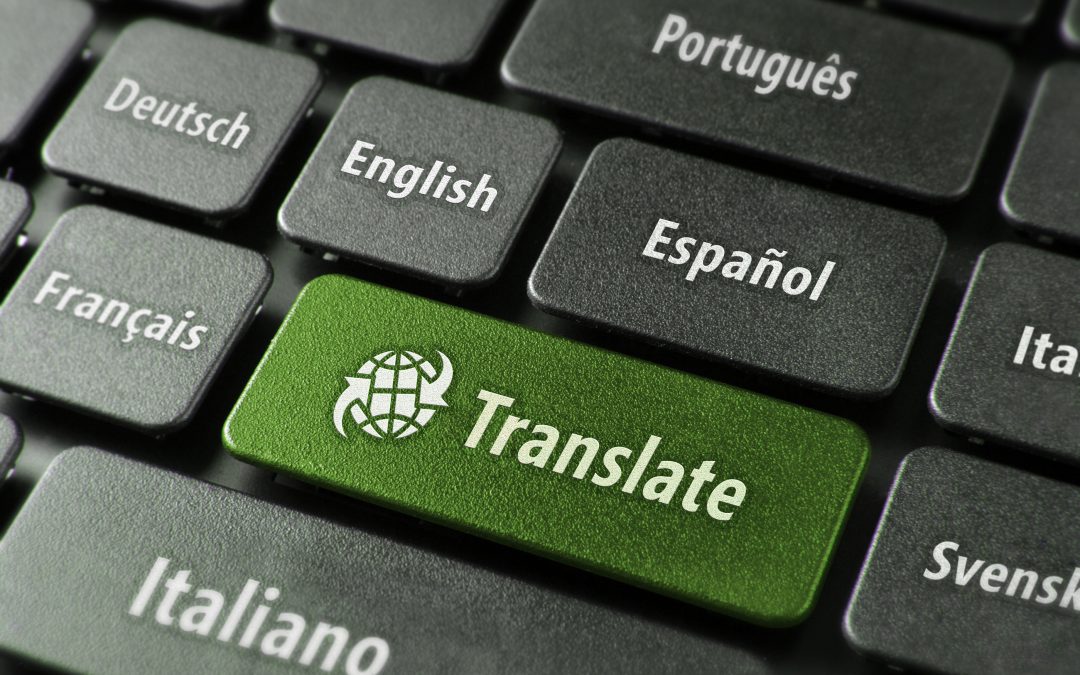Unless you’ve spent the last few years orbiting around Mars, it’s impossible not to be aware of Neural Machine Translation. It has significantly improved over the last few years, to a point where it now even matches the performance of human translators.
Yet, NMT still raises concerns, including this essential issue: is it really jeopardising professional translators? Well, the answer is: not at all! Let’s see what NMT actually is and why machine translation is still far from replacing professional translators.
What is NMT?
Which translator has never had to deal with howlers generated by machine translation? This was the case with the first translation engines that produced quite unpromising, even absurd output. However, this is less the case with Neural Machine Translation.
Check out the infographic we made, showing all the machine translation systems since the 50s.
What is PEMT?
To alleviate the issues of MT, you have to submit machine translation output to proofreading, which is called post-edited machine translation, or PEMT. There are 2 types of PEMT:
- Light PEMT, used for correcting simple errors (spelling or grammatical mistakes, inappropriate or offensive content, omitted words, etc.)
- Full PEMT, which is used for in-depth correction (terminological errors, syntaxical issues, writing style, etc.)
If you want to know more about NMT and the difference between light and full PEMT, take the time to read Acolad’s post on NMT.
NMT needs the human element to achieve quality
Yes, NMT has achieved a higher level of quality and machine translation tools are constantly being improved. But don’t worry translators, you can still beat them! 🙌
Why? Because even the most sophisticated tool still lacks the sensitivity to specific elements of human language. Translation is much more than just replacing words by their synonyms in the target language. It is also about understanding meaning and interpreting thoughts. A translator must be aware of the author’s intention, cultural references, subtleties, as well as humour within a text. A translator is a true wordsmith. All these details are elements that a computer is still unable to grasp.
What’s more, the final quality of machine translation output will depend on various factors, such as the quality of the source text, the area (especially a specific sector), as well as the language combination. Because of all these constraints, machine translation will never be capable of grasping the overall meaning of a text. Human translators will never die, they just adapt to the current evolution of the translation world. 😉
Building a relationship of trust with the translation engine
Since translation projects have a higher volume and require shorter deadlines, machine translation should be considered as a support to the translator. Far from being an annoyance, translation engines are like CAT tools: they simply help the translator to work faster on larger projects. 🚀
Indeed, you can save time with machine translation: it only takes a few minutes for a translation engine to translate higher volumes of text, while a professional human translator can translate up to 3,000 words a day. Moreover, it can keep on evolving thanks to its integrated translation memory, which improves the quality of future projects. Finally, post-editing tasks led by a team of professional translators guarantee the impeccable quality of translation projects.
Here, at Acolad Community, we are committed to informing you about the latest news from the world of translation. Machine translation is one of the fastest evolving subjects, but don’t worry: despite being more efficient than in the past, machine translation will always need human translators, their skills and their experience to ensure a high-quality translation. 😉
